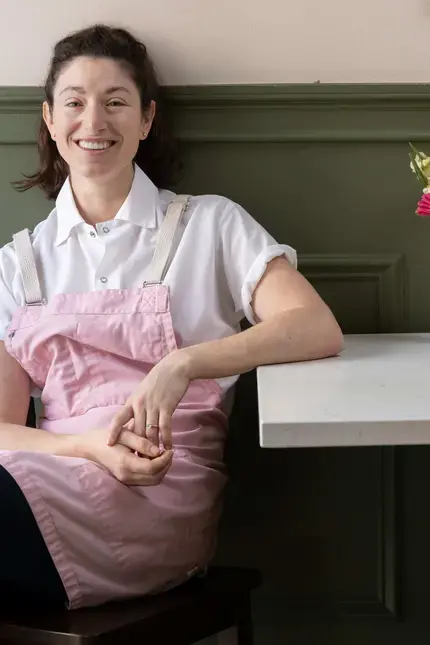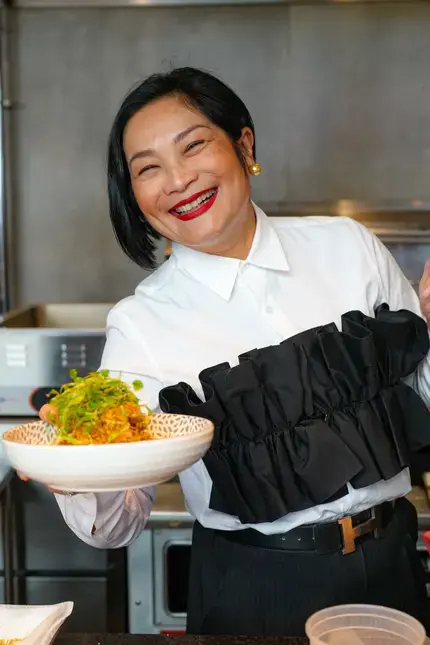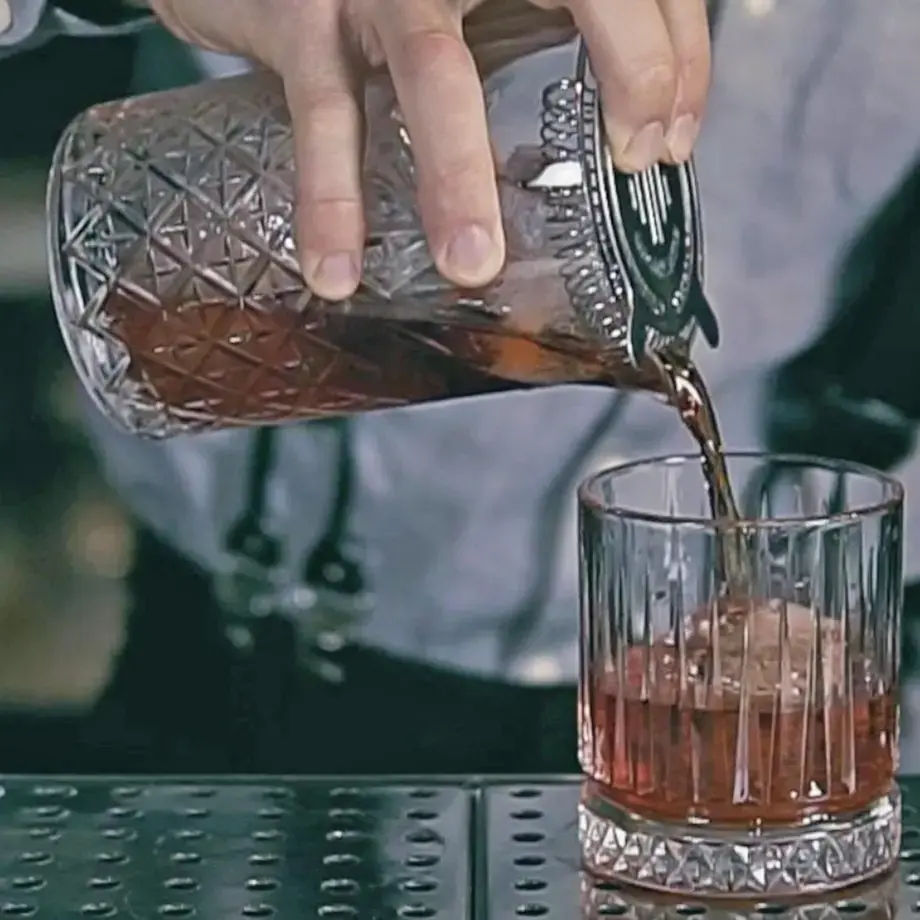Insights & News
Stay ahead of the curve with the latest: Discover breaking culinary news, fresh restaurant launches, exclusive chef interviews, and thought-provoking articles.
Trending articles
Lists
Recipes & Drinks
Top restaurants
Nutritional Insights
Hacks & Shortcuts
Series






















































